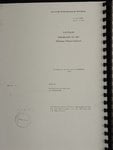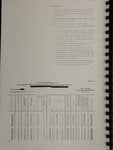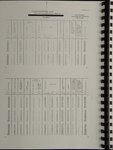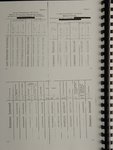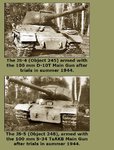TempestMKV
Airman
Very interesting difference between these two resources.
USA data from test on aberdeen.
DDR data from archives.
It is obvious that the ballistic coefficiency (BC) of D25T AP shell (BR471) is lower than that of APBC shell(BR471B).
Both USA and DDR resource have proved this, however, the DDR data tells us that AP and APBC shell's penetration are almost the same at 100 meters (160mm v 158mm,ratio is 101.3%) while USA data demostrates APBC has more penetration at 100meters(206mm v 192mm,ratio is 107.3%).
What's the problem?
USA data from test on aberdeen.
DDR data from archives.
It is obvious that the ballistic coefficiency (BC) of D25T AP shell (BR471) is lower than that of APBC shell(BR471B).
Both USA and DDR resource have proved this, however, the DDR data tells us that AP and APBC shell's penetration are almost the same at 100 meters (160mm v 158mm,ratio is 101.3%) while USA data demostrates APBC has more penetration at 100meters(206mm v 192mm,ratio is 107.3%).
What's the problem?

